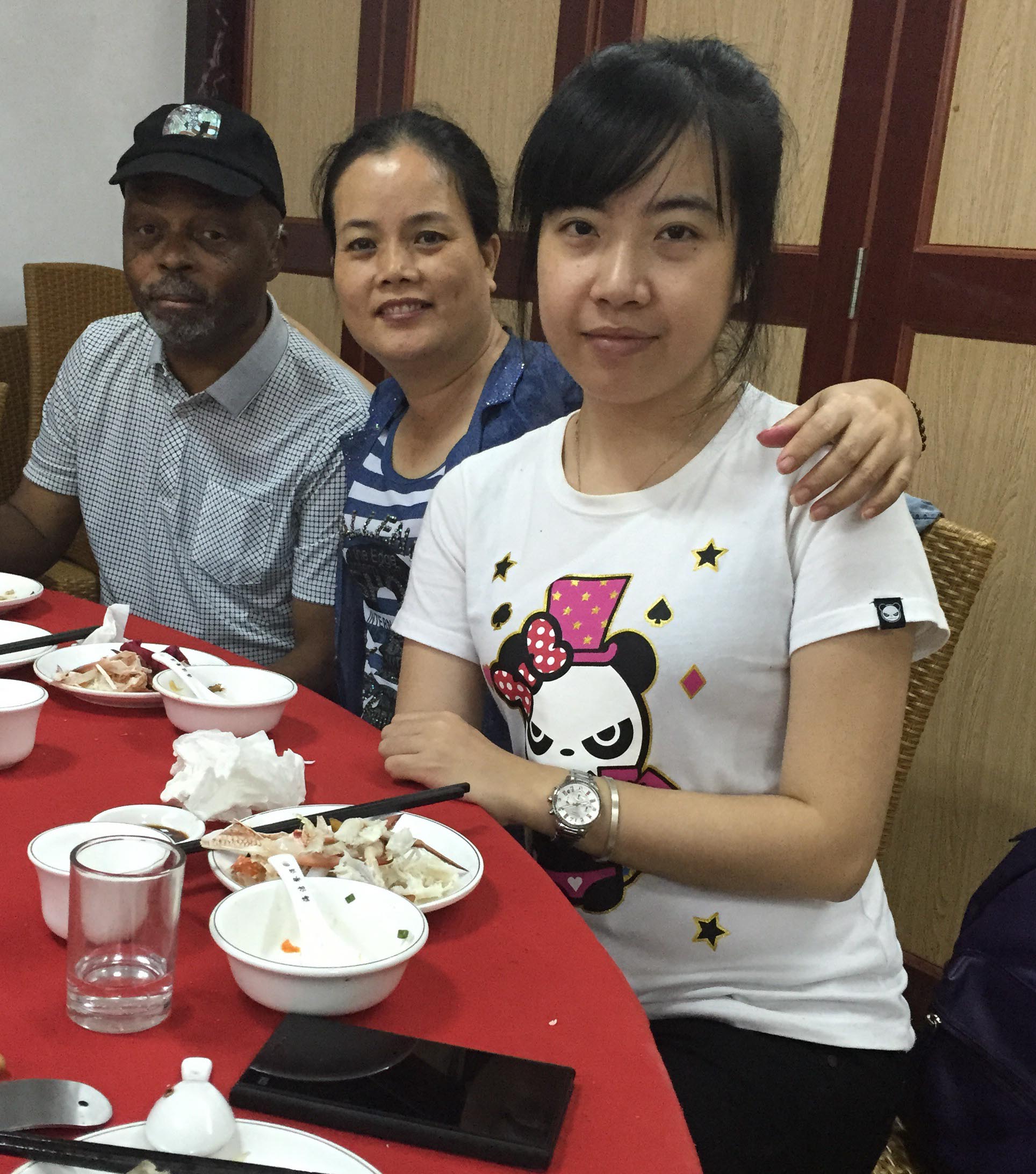
 |
|---|
|
|
|---|
 | 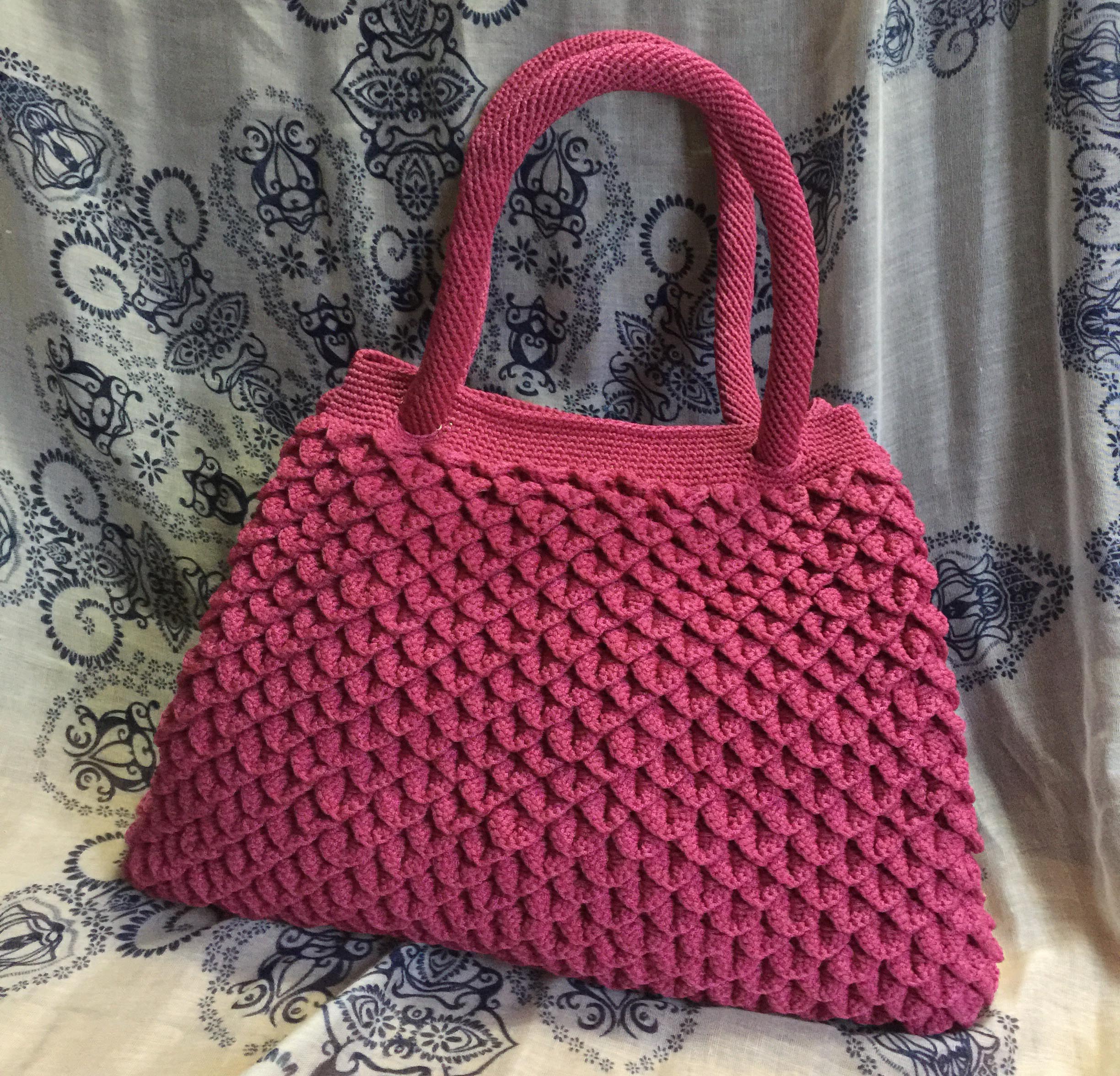 | 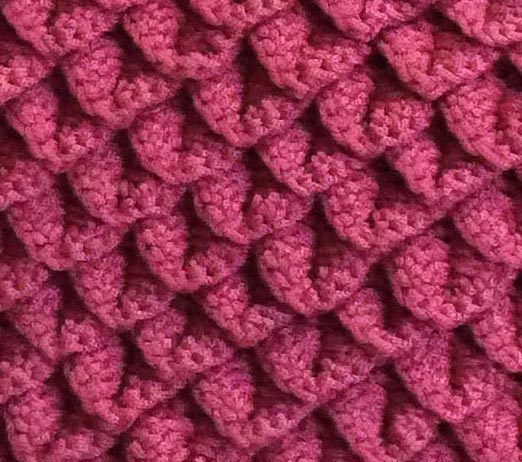 |
|---|
In the three examples shown above Clark in the first example uses the least amount of form detail to qualify his carved tray as a fish. Pan however is not interested in depicting an entire fish. The surface is enough to give a clue that these particular scales belong to a fish rather than reptile or bird. LiTing Zeng photographed the bags. Clark has chosen animal categories as his themes; animals native to the Americas; such as fish, reptile, arachnid and insect. He represents object intended for daily by making it an animal. All of the items are carved from wood. Each animal represents a totally different human object and each object type has a different use. Pan depicts sea animals and plants in her artwork. Beihai is a peninsular surrounded by water on 3 sides. Her father was a peasant fisherman who put his entire family into a two-story house so that his seven children could go to school to learn how to read; write and obtain jobs as proletarians working in factory and service jobs on land. Pan’s mother was enterprising. She took some of the fish her husband caught and prepared it for restaurants and fish markets. She and her three daughters opened a business of their own. When the mother retired and the business closed, Ying became a cashier working in stores. © Claude Lockhart Clark 2015 |
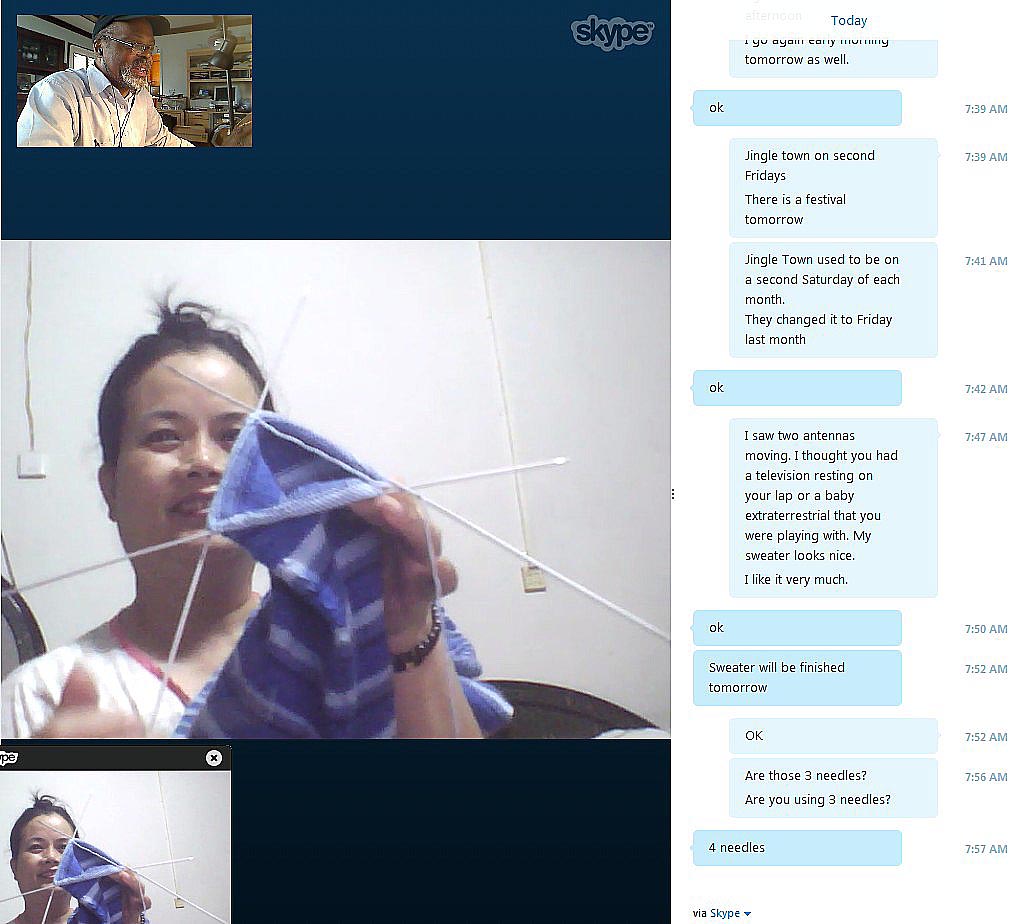 |
|---|
On SKYPE husband and wife discuss the progress of a sweater she is make for husband Clark. Both seem satisfied with the progress being made. Clark spent 7 years in a college town; Talladega Alabama, where his father was an Art teacher at an African American College; Talladega College, Talladega Alabama. Clark had his first business selling fruits and vegetables in the local Talladega community at ages 8 and 9 years. When he was 11, 12 and 13 Clark found work as a golf caddy on a Caucasian male golf course when the family moved to Sacramento California. His father used Clark’s art talent at age 10 in order to secure a job working as an art teacher at the Sacramento YMCA. Everything that Clark made was put on display for other children to see the process of how to do the artwork. Clark was not allowed to have any of his own artwork. |
 |  | 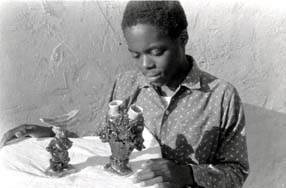 | 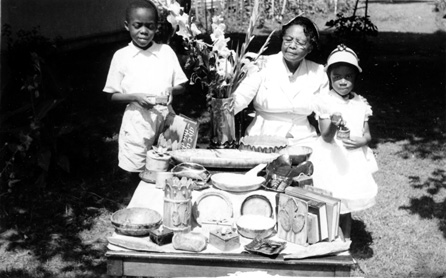 |
|---|
At age 12 Clark began reading his father’s college books on ethnic art and geography and at age 14 he began his own career as an African artist producing ceramic sculpture for himself. Picture at left above shows Clark age 18 with his first metal cast sculpture and at age 15 with some of is ceramic artwork. In 1954 Clark, age 8, worked with his grandmother and sister making his first ceramic item. Clark’s father took these 4 pictures above and the three pictures below. © Claude Lockhart Clark October 17, 2015. |
 John Nash | 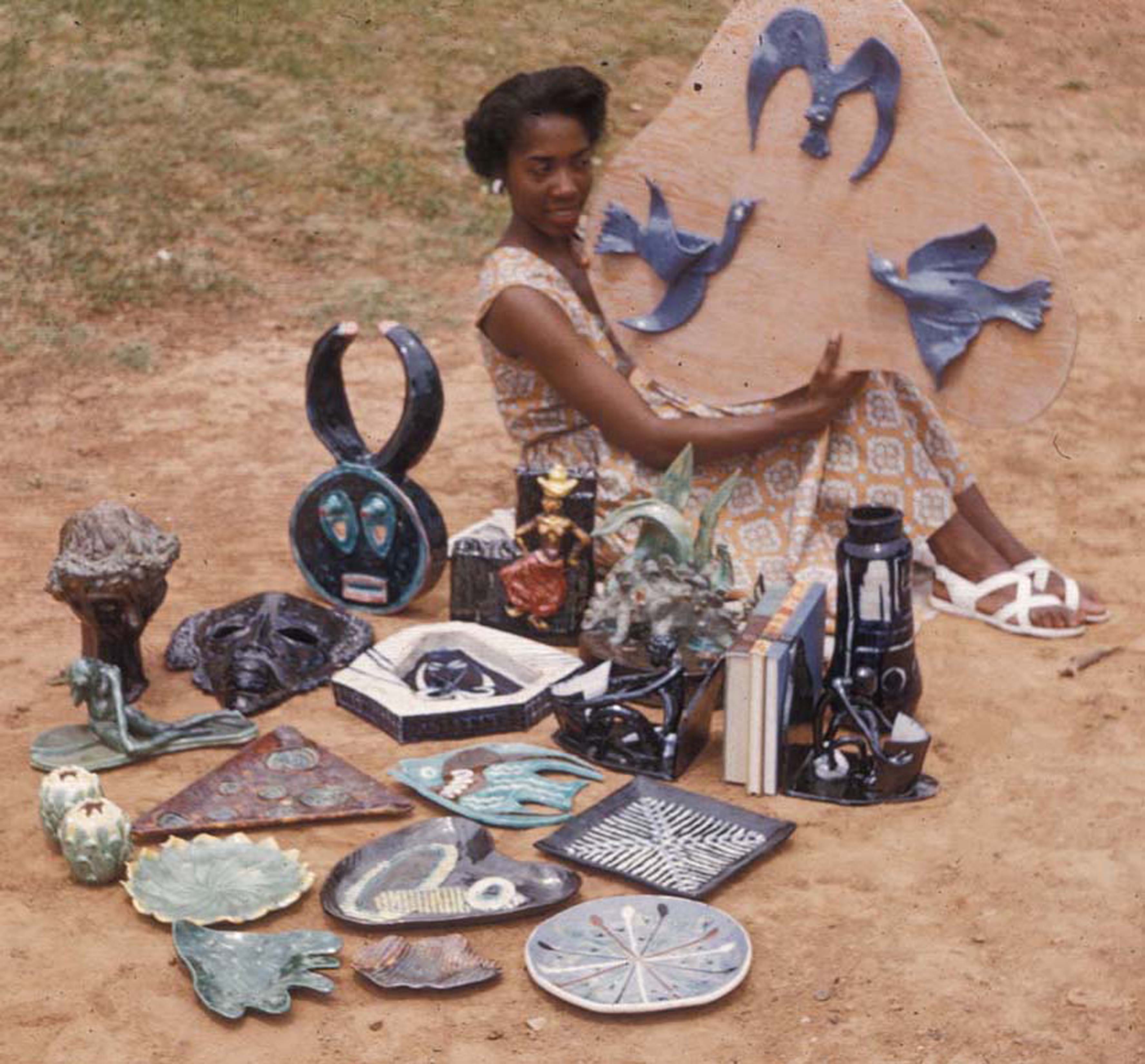 Alice Moore (Westbrook) |  Robert Cole |
|---|
Nineteen fifty-five was a major crossroad for many reasons. After 5 years (1950-1955) the “Modern Civil Rights Movement” which began in North Carolina was in full bloom when Dr. Martin Luther King Jr. assumed the role of leadership. That same year African American boys between ages 9 and 14 had a very harsh wake-up call which brought their childhood innocence to an abruptly end. It was the assassination of Emmett Till. His mother Mamie Till kept his memory alive until we African American boys were old enough to keep his memory and legacy ourselves. He represented the Trayvon Martins, George Stinney (executed in 1944), Michael Brown, Cameron Tillman and the urgent need to focus on adult thinking; development of adult intellectual concepts at an early age. Last, in 1955 the Clark family moved to California physically, but young Clark never left Talladega mentally for he had some unfinished business that needed taken care of. Three of his father’s best art majors created a legacy that had to be broken. He intended to accomplish the task without an art major in Junior High or Senior High School art. Clark beat the three art majors in less than 4 years. He was much younger than the three adult students. Clark was living in an extremely unfriendly and socially non-productive environment attempting to pursue his vision. His family’s home was the only safe haven from a very hostile world outside. There would be no social contacts with other children. Children didn’t put food on the table and they didn’t appear to be great reserves of wisdom, so Clark decided to put friends on hold until later. His parents thought their son was being socially ignored and shutout of events by other children. Little did they know that other children were not doing anything to their son. Clark was the problem; he was shutting them out. They were not apart of his vision or his plan for the future so they had to be dumped. |
 My Friends in Sacramento were of different ethnic backgrounds. They wanted to become American. Clarks only sibling a sister can be seen on his far right |
|---|
After moving from Talladega Alabama to Sacramento California Clark made new friends surprisingly fast. Some would see a loss of friends as a sacrifice, but Clark did not see it that way. It came to him as a blessing. Clark was not losing anything. He had released a burden. His friends, in Sacramento, were of different ethnic backgrounds. They were not interested in pursuing their cultures of origin. They wanted an easier existence to become American, which Clark wanted no part of. He would become an African. Clark was not a person that verbalized his thoughts much. He kept what he was thinking to himself and went ahead and did it. If people did not know what He was thinking they would be less apt to try to stop him. Clark would maintain a very low profile as an artist until he was advanced in age and was surrounded by a new set of family and friends.  The above image is a picture of the first college, art anthropology book that Clark began reading at age 12. He read other books his father had related to the subject, but “Arts of the South Seas” was the book Clark enjoyed the most. Clark began readjusting his “get a job studies” verses “life studies and life mission”. He had to put enough time in “get a job studies” in order enter college. In college the emphasis had a slight shift. Luckily Clark landed in two Leadership College and University. Both schools were about “getting a job” and “obtaining a mission”. Clark already had a life mission and he was not about to change it. A rather interesting thing happened when Dr. Martin Luther King was assassinated. Clark’s parents were away one afternoon when the phone stayed off the hook. Clark answered every single call. The callers wanted to know what they were going to do. “Do what?” They would respond by saying, “you know”. The response would be – “No I don’t know. I haven’t the foggiest idea what you are talking about”. Clark told his parents what he had done. They were silent and didn’t say anything. They just went out and got new friends. |
 Boogie (1960) ceramic |  Owl (1962) ceramic | 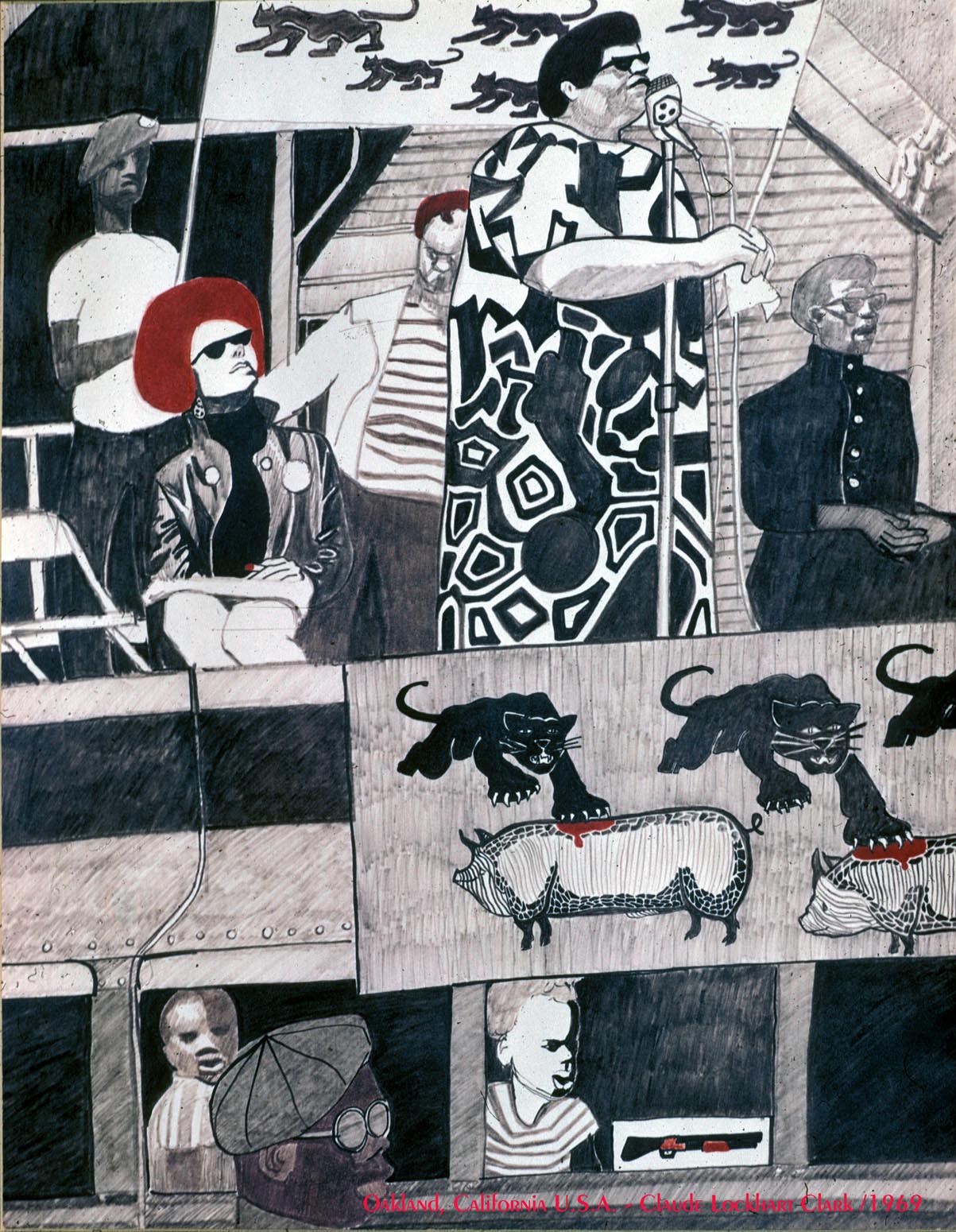 Scratch (1969) drawing |  Scoop (1980) woodcarving |
|---|
Clark started producing African art during the summer of 1959. Within less than a year his work looked professional. If you look at Clark’s art dating from 1960 to 1980 you will see no uneven work. The first two works were created by a child and the last two works were done by an adult; same person Claude L. Clark. Everything looks professional; same level of consistency. Boogie and Scratch utilize African principles to include both Western setting and Western materials into African Art without it becoming hybrid. In sculpture Clark learned to preserve the principles from Traditional West African sculptures and in graphics Clark learned African Art Principles from Aaron Douglas woodcuts and Jacob Lawrence gouache paintings. Both Aaron Douglas and Jacob Lawrence rarely used African environment settings to maintain the integrity of their work. |
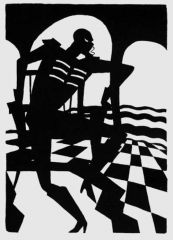 Aaron Douglas woodcut | 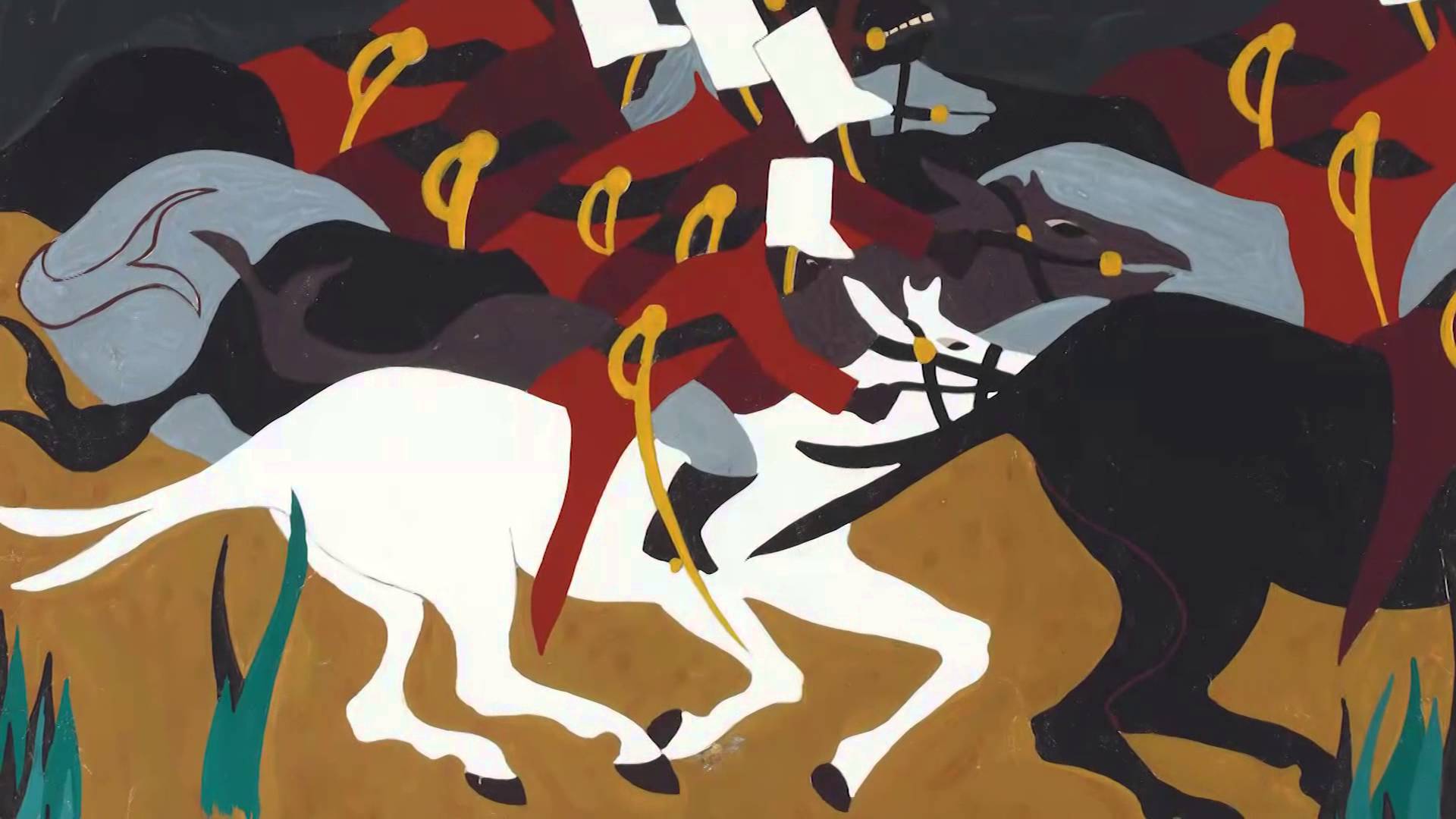 Jacob Lawrence painting | 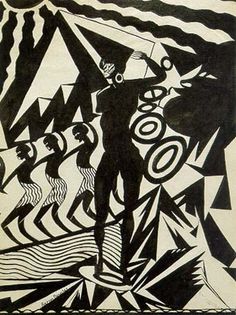 Aaron Douglas woodcut |
|---|
Aaron Douglas and Jacob Lawrence produced the pictures shown above. |
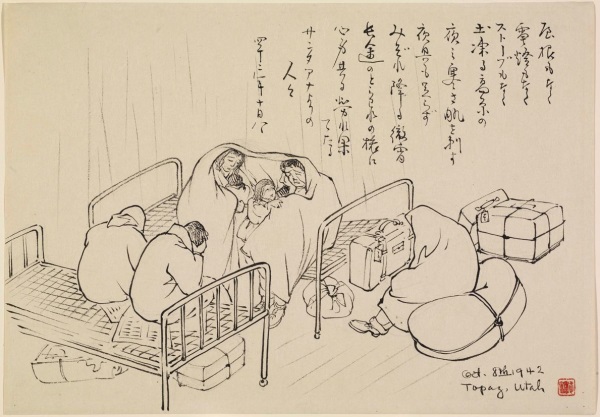 Chiura Obata "A Sad Plight" brush and ink painting |  Chiura Obata "Pine" brush and ink painting | 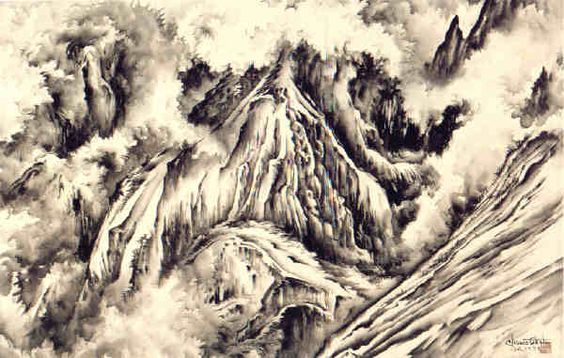 Chiura Obata brush and ink painting by a Japanese artist |
|---|
Clark was familiar with the urban watercolor paintings of the Chinese illustrator Don Kingman and fine art drawings and paintings of Japanese artist Mini Okubo, but Clark consider them as slightly hybrid Asian and Western Artists, never as traditional Chinese and traditional Japanese Artists. Around the late 1960’s or early 1970’s Clark saw an exhibit Chiura Obata at the Live Oak Art Gallery in Berkeley California; shortly before Obata’s death in 1974. The effect was absolutely riveting! If Clark was to beat Aaron Douglas, Jacob Lawrence and Chiura Obata it would have to be through the media of sculpture not graphics. Clark was much stronger in his use of sculpture than graphics. |
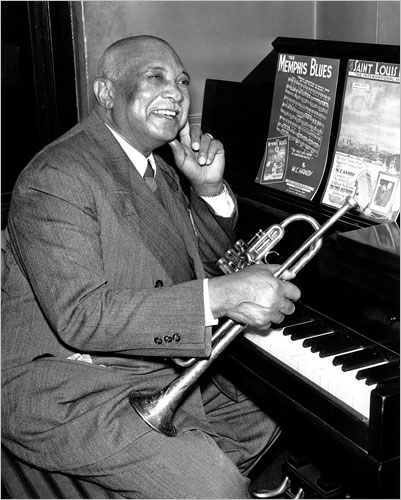 WC Handy "Taught Voice" | 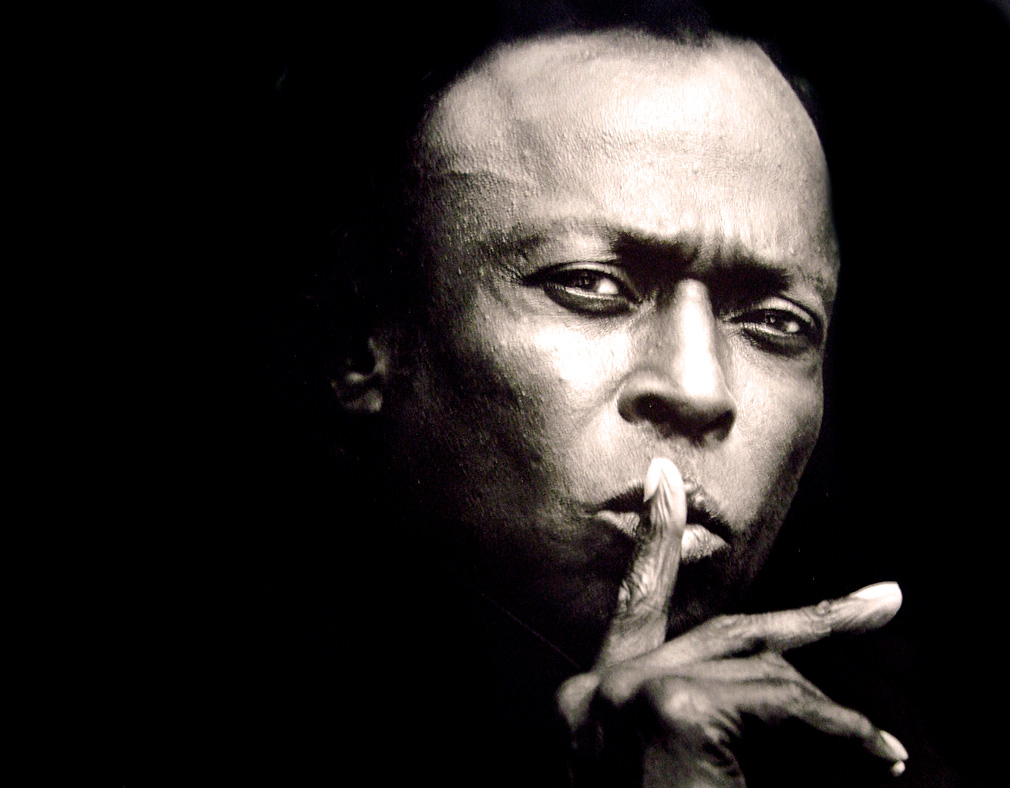 Miles "Proved that musical insruments talk" | 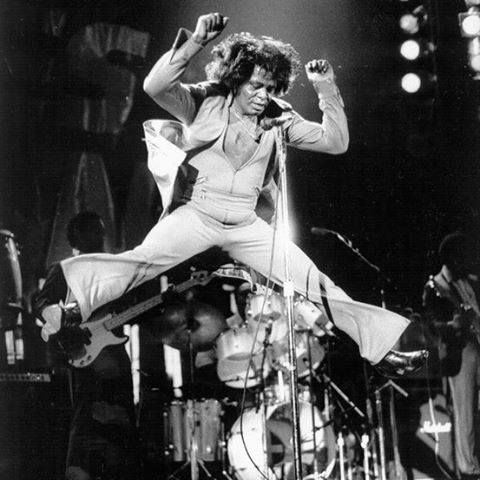 JB "Musicians watch performer & not the written music sheet" |  Dizzy Gillespie and Chano Pozo "Combined Polly Rhythmic Music with Mono Rhythmic Music to create a very different kind of New World Music" |
|---|
Every African American attempting to produce something African in any other form of art media needs to first be able to recognize the hidden elements of African music in African American hybrid music if they truly want to create traditional African art independent of the Motherland. Second they must learn both traditional African music and traditional African art in order to be truly successful. Third; added to that experience is the spiritual nature of African art and African culture. One needs to master “principles” of African spirituality in order to create their version of traditional African art and culture in a foreign setting. © Claude Lockhart Clark September 23, 2016
The following principles that you will find being used by African American musicians are the same principle being used in traditional African music today:
WC Handy trained his musicians in voice first before training them to play musical instruments. His Musicians learned to tune their musical instruments using their voice rather than pitch fork or piano. Miles Davis played a tune titled “So What”. The title of the song was announced over and over again by Mile's trumpet. African American musicians had done this before, but a wider public never took notice until Miles did it. James Brown trained his musicians to watch him rather than a sheet of music and Dizzy and Chano Poso created a union between mono-rhythmic and polyrhythmic that still rock the planet to this very day.
Each of the artists Claude and Ying reflect totally different environments. Pan takes in the physical environment around her. Her social and physical environment is reflected in her work. Clark’s stimulus is the complete opposite. He has developed the unique ability to seek environments from within, perhaps stemming from previous life times. He methodically excludes food and other cultural influences that he doesn’t want occupying his spiritual, physical and mental space. His first experience in this endeavor was age ten when he managed to acquire a pair of chopsticks and then proceeded to exclude knife and fork settings from his end of the table without ever uttering a word. The change of table setting brought about change in diet of the entire family without him ever uttering a word. Clark continues to cultivate his own friends, physical; social environment without adhering to influences from surrounding work force or social conventions. © Claude Lockhart Clark October 26, 2015